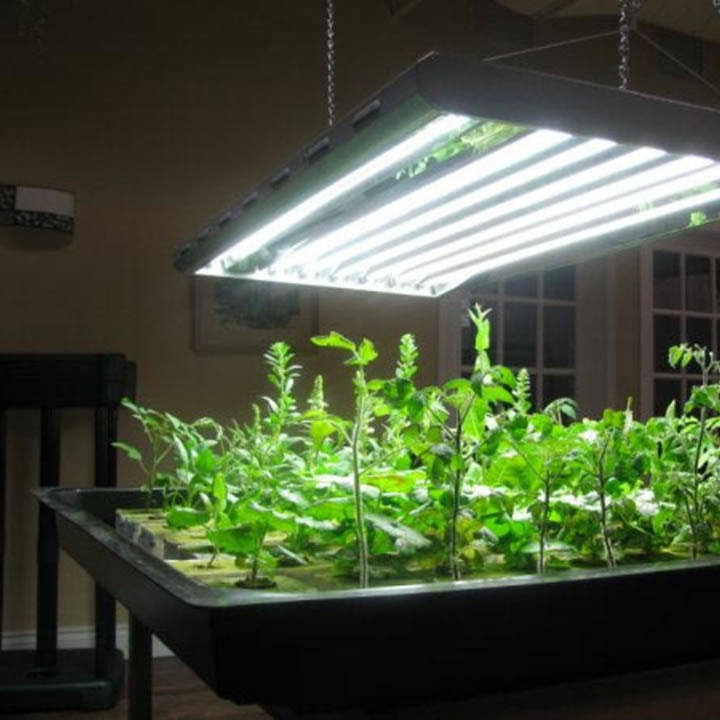Growing indoors allows you to regulate the temperature and the light your plants receive, which results in higher quality harvests and stronger, more resilient plants that can withstand the rigors of outdoor growing seasons.
If you’re looking to start an indoor garden, you’ll need a grow tent—a structure designed specifically to provide optimal growing conditions without taking up space in your home or garage.
When choosing your grow tent, make sure you pick one that can create the perfect conditions for your plants. Check out this guide on how to create the perfect growing environment with grow tents by Spider Farmer!
The three most common ways of growing plants
Growers can use a few different methods when cultivating cannabis plants indoors.
The first is called soil growing, where they take soil and add nutrients to it, then put it in pots.
Next is hydroponics, which involves using water instead of soil. And finally, there is coco coir, which consists of coco fiber material or peat moss mixed with an aeration process that helps roots grow easily.
Why use grow tents?
In order to grow a healthy, fully-flowered plant, you need optimal light, heat, and humidity levels.
While many gardeners try their hand at growing indoors (and there’s nothing wrong with that), some may find that natural sunlight isn’t always sufficient—especially if you want larger plants or are growing in multiple locations.
One solution? Invest in an indoor gardening tent.
Tips on creating the perfect indoor environment
One of the biggest factors affecting growth is light. You want as much sun as possible, especially if you’re growing plants from seed. If you’re on a budget, try using CFLs and natural sunlight instead of getting expensive LED lights.
Also, make sure that your tent has enough ventilation; you don’t want mold or bacteria in your buds!
Environmental factors that affect plant growth
The most important environmental factors that affect plant growth are water, oxygen, temperature, and light. Without a good supply of water, you will stunt plant growth and prevent roots from reaching their full potential.
Excess or insufficient amounts of oxygen will limit plant development as well. In short, plants need air to grow. Temperature is also an essential part of growth: if it’s too hot or too cold your plants will die before they reach maturity.
Which space should you use for plant growth?
First and foremost, you should consider your plants’ health when choosing a grow space. If your plants are exposed to direct sunlight, they could receive an excess of UV rays that may diminish their quality.
In addition, heat can be hard on tender young growth. When deciding where you’ll put your plant in its potting soil, remember that it should be placed out of direct sunlight and not near drafty windows or air conditioning vents.
What about ventilation?
For beginners, it’s a good idea to start off with a small grow tent that doesn’t require much ventilation.
That way, you won’t have to worry about keeping up on temperature control. However, as your plants grow and mature, they’ll need more air circulation. That’s why it’s important to know how powerful your lighting is—the stronger it is, the more ventilation you need.
Tips on lighting
Choosing a lighting system can be overwhelming, but once you know what your options are, it’s easy to make an informed decision. Keep in mind that as a rule of thumb, higher lumens equal more power.
HID lamps (like high-pressure sodium and metal halide) burn much brighter than LEDs but require significantly more power, so they work best in large grow spaces. Fluorescent LED lights last longer, use less energy and can help growers save money over time.
What size tent do you need?
You’ll want a tent that’s big enough to comfortably fit all your plants, of course. But do you know how many square feet you need? Figure out a rough estimate by multiplying your plant size by the number of plants you plan on growing.

